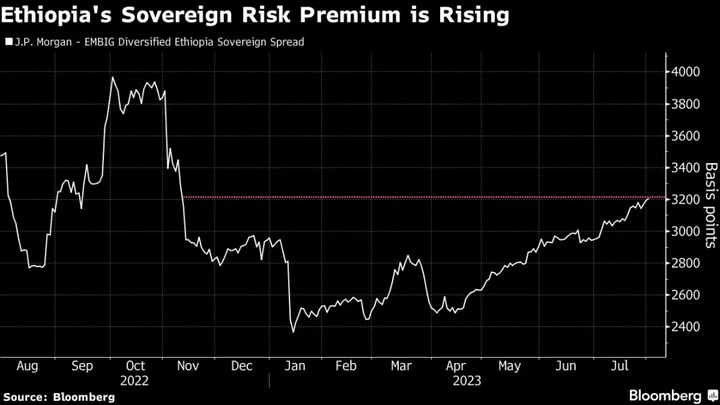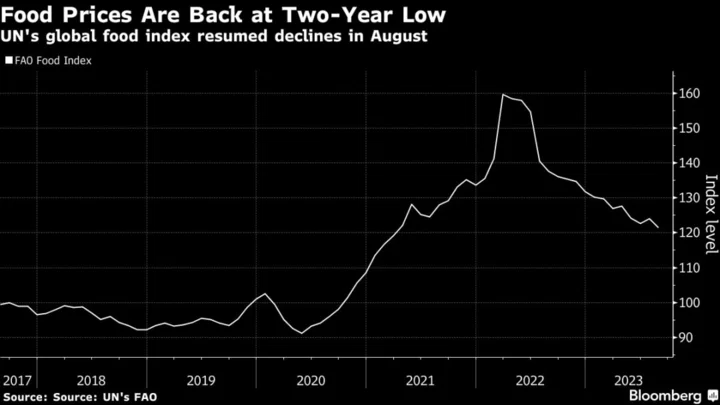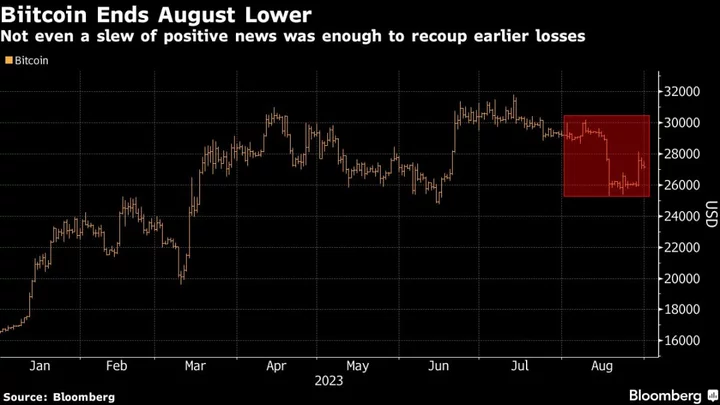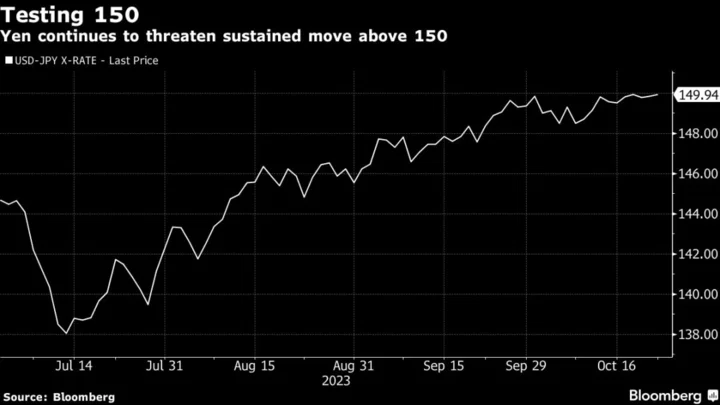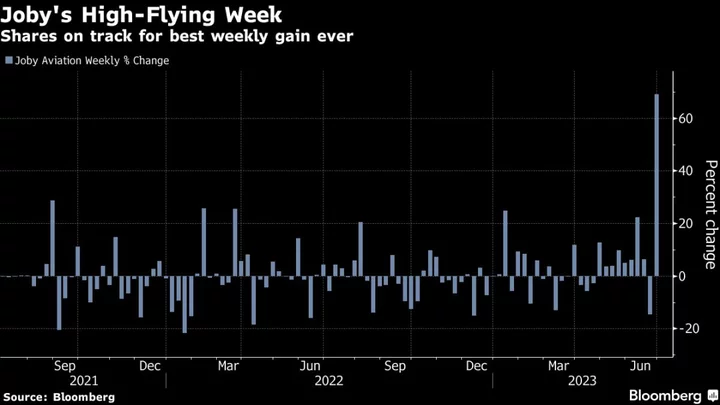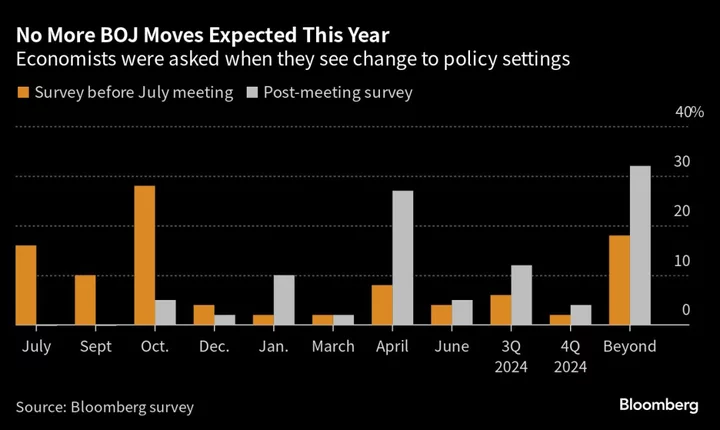Ethiopia’s dollar bonds are under pressure amid concerns over the nation’s debt profile, with a long-awaited loan from the International Monetary Fund not yet approved and a coupon payment due by the end of the year.
Ethiopia’s risk premium over US Treasuries has been rising since March to trade at its highest level in nearly nine months, well above the 1,000 basis points regarded as the threshold for being in debt distress.
In contrast, the average risk premium for African bonds — all of them rated junk — has dropped, recently reaching lows last seen in June 2022.
High debt levels have “triggered apprehensions about the country’s debt stability and overall financial well-being,” said Robert Besseling, chief executive of Pangea-Risk, an advisory firm focusing on analysis of African economies.
Ethiopia has a $33 million coupon payment due on December 11 on its eurobond. The principal amount of $1 billion will mature in December next year. The 2024 bond fell 0.5 cents on Wednesday to 68.02 cents on the dollar.
The country is in talks with the IMF about a loan of at least $2 billion. It had total public sector debt of $60.6 billion, including $28.2 billion of external debt, at end-March, according to the Ethiopian Finance Ministry, and only enough foreign-exchange reserves to cover half a month’s worth of imports, according to IMF data.
Even if the IMF approves the loan, Ethiopia would still have a financing shortfall of $4 billion through 2026, needing a “comprehensive debt restructuring” to avoid default, Pangea-Risk said in a report dated July 31.
(Corrects figure and source of public debt in sixth paragraph of story published Aug. 2.)

